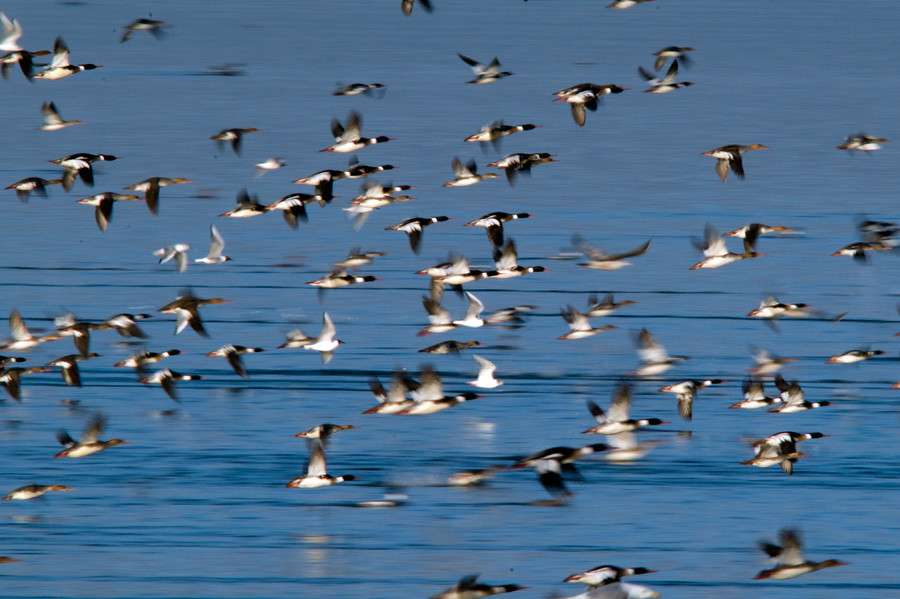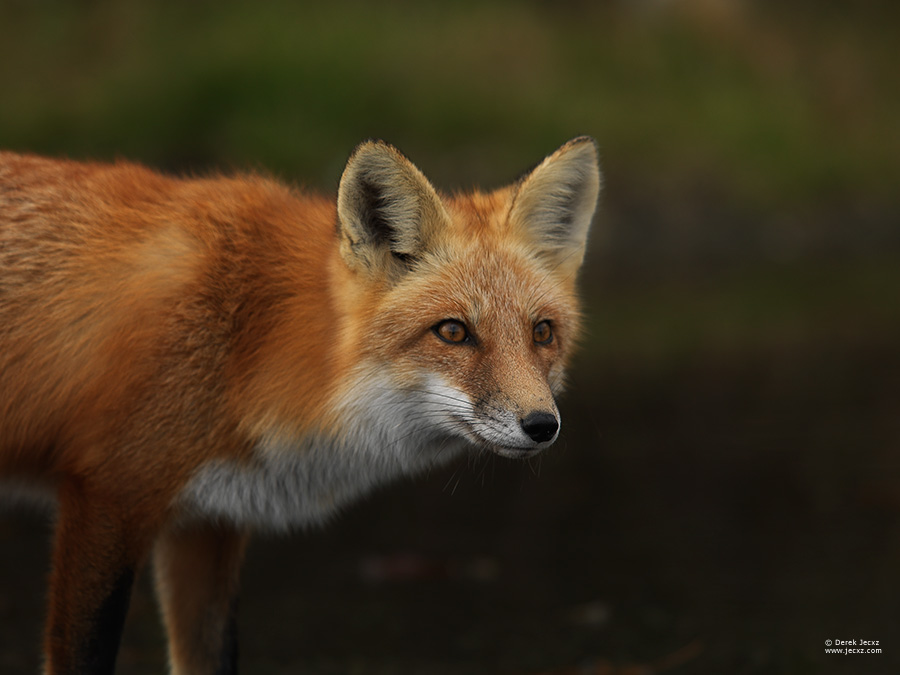I've considered switching to medium format for a number of years (haven't jumped down that slippery slope yet :ROTFL: ) but here are a few of my thoughts.
The orthodox technique of a high-end DSLR, often with a cropped sensor, a 600mm stabilized AF lens and a gimbal tripod head, has served many people well for a number of years but it's not the only way to play the game. Good field technique can be an important part of your equipment choice and with the goal of not breaking my back I decided to see how much I could downsize my lens and still get frame-filling photos. I try not to crop unless I have to, and I'd certainly not get into medium format thinking that I'd depend on cropping.
Good field technique means getting close to the critters without causing extra stress or causing them to flee. Sometimes it means using a blind, sometimes it means learning how to communicate with them to tell them you mean no harm.
The short answer: a 280mm lens on the DMR (1.37x crop factor) is about the shortest I can regularly use. I'll use the 1.4x extender too, and occasionally I can use shorter lenses.
Here are a few examples. I'll show the actual focal length; for the same angle of view on the 33mm x 44mm sensor you'd use a lens 1.74x longer, i.e., where I used a 280mm lens a 500mm lens on the bigger camera would give you a similar angle of view.
60mm:
100mm:
180mm:
280mm:
But there's more to the bigger camera than an equivalent angle of view. For the smaller birds you'll need more magnification for the same field of view, which means more extension and less DOF. The larger lens can also be more intimidating to the animals making it more difficult to get close enough.
Nick Brandt's african wildlife photos (
http://www.nickbrandt.com/) show that wildlife certainly can be photographed well with a medium-format camera, but it's not as flexible and versatile as the orthodox tools and you have to be sure your field technique is up to the task.
PS: I don't use AF.









